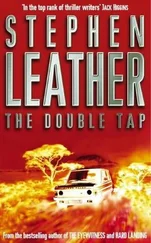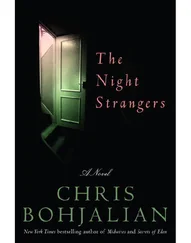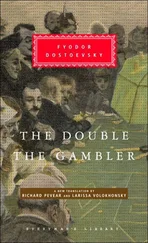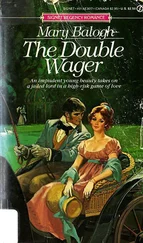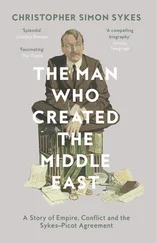The psychosis part is more difficult. There is no language/behavior disorganization, in spite of the patient’s wordplay. Mood symptoms, including moderate ongoing irritability, sleep loss prior to admission, and unusual persistent activity, i.e., disappearing from her family and friends, the frenzied travel and searching before admission, her current writing, seem most compatible with a bipolar 1 disorder, which could certainly be associated with psychoses. (Valproate appearing to lower the activity level and mood to a fairly moderate state, in any case.) Main difficulty is that it is unusual to have delusions persist when the mood symptoms are more or less resolved.
One example in the DSM for psychosis not otherwise specified is “persistent non-bizarre delusions with periods of overlapping mood episodes that have been present for a substantial part of the delusional disturbance,” and this fits. Since there is only one manic episode-not “periods” plural-it makes sense to go with a mood diagnosis for now.
The construction of the delusions is intriguing. She has written an entire book chronicling those weeks in September, which she considers a true story, but including characters she has made up completely or derived from an 80-year-old novel: Pamela Buchanan; T. J. Leckbruge, an anagram created from the name of an optometrist on the fictional billboard. Shem Wolfe-apparently Meyer Wolfsheim. Then there is Jay Gatsby.
She also has fabricated or revised conversations with her aunt, her mother, and a neighbor from Long Island.
And perhaps to justify her boyfriend distancing himself from her, she seems to have made up two little girls and given them to him. She insists these two fictitious children are the reason her boyfriend has, apparently, broken up with her. (Am exploring how much of the girls are drawn from her own childhood memories and her relationship with her older sister.)
Re-how encapsulated the delusions are. Although persisting in spite of minimal mood symptoms now, they do not appear to extend much beyond the Gatsby idea. They extend to the homeless man for whom she provided services, who is, of course, deceased. But the case is not closed from her point of view, because the homeless man was indeed the father of one of her assailants. Consequently, I would not yet stop the antipsychotic risperidone.
Am adding to the list of visitors her housemate Whit Nelson. Like her friend Talia, he seems to have a moderating effect on her behavior-and clearly he cares for her.
What is really unusual is the patient’s capacity to have false beliefs, yet to maintain a remarkable empathy for the people in her “memoir” who do not share them-all the while walling off from herself her painful memories of how brutal the attack was. Her characters’ observations toward the end of her story, what she herself has written, imply a dawning realization of how violent the attack was. Nevertheless, at this time she still insists that she escaped years ago with a broken collarbone and a broken finger. She claims to have no conscious recollection at all that she was mutilated and left for dead in the woods…
From the notes of Kenneth Pierce,
attending psychiatrist,
Vermont State Hospital, Waterbury, Vermont
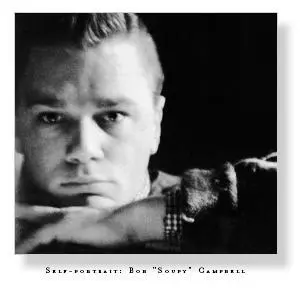
I WANT TO THANK RITA MARKLEY, executive director of Burlington, Vermont ’s Committee on Temporary Shelter, both for sharing these images with me and then for inviting me into her life to see the shelter she manages.
In addition, I could not have written this novel without the wisdom, guidance, and unfailing patience of two advance readers: Johanna Boyce, a psychotherapist with her master’s in social work; and Dr. Richard Munson, a psychiatrist at the Vermont State Hospital in Waterbury, Vermont.
I am grateful as well to the following people for answering my specific questions about mental illness, the homeless, and the law: Sally Ballin, Milia Bell, Tim Coleman, and Lucia Volino, of Burlington’s Committee on Temporary Shelter; Shawn Thompson-Snow, of the Howard Center for Human Services in Chittenden County, Vermont; Brian M. Bilodeau, Susan K. Blair, Thomas McMorrow Martin, and Kory Stone, of the Northwest State Correctional Facility in Swanton, Vermont; Doug Wilson, a psychotherapist with the Vermont Treatment Program for Sexual Abusers at the Northwest State Correctional Facility; Rebecca Holt, of the Burlington Free Press; Jill Kirsch Jemison; Dr. Michael Kiernan; Stephen Kiernan; Steve Bennett; attorneys Albert Cicchetti, William Drislane, Joe McNeil, and Tom Wells; and, finally, the Probate Court of Chittenden County, Vermont.
As always, I am indebted to my literary agent, Jane Gelfman; to my editors at Random House-Shaye Areheart, Marty Asher, and Jennifer Jackson; and to my wife, Victoria Blewer, a wonderful reader who manages to balance candor with kindness.
I thank you all.
Finally, I want to acknowledge my appreciation for three books. Two are nonfiction stories about mental illness that were both informative and inspirational: Greg Bottoms’s Angelhead : My Brother’s Descent into Madness, and Nathaniel Lachenmeyer’s The Outsider: A Journey into My Father’s Struggle with Madness.
The third, of course, is F. Scott Fitzgerald’s The Great Gatsby. There are myriad reasons why-along with millions of readers spanning four generations-I have read and reread this novel. Why, as a novelist, I have revered it. There is the poignancy of Gatsby’s great dream, Fitzgerald’s luminescent prose, and the writer’s profound insight into the American character. There is that wrenchingly beautiful ending.
For the purposes of The Double Bind, however, there was something more. Few novels have had the intellectual influence on our literary culture as The Great Gatsby, and fewer still have been as widely read. Second, The Great Gatsby is a book, in part, about broken people, their lies and distortions: the lies we live consciously, and those we convince ourselves are mere embellishments upon a basic reality. That is, perhaps, among the principal issues the characters confront in The Double Bind, too, and why The Great Gatsby presents itself as such a unique and pervasive influence on the fictional Laurel Estabrook.
Consequently, I want to express both my admiration for The Great Gatsby and my gratitude that it is a part of the canon.
P UBLISHER’S NOTE : The author is donating a portion of his royalties to Burlington ’s Committee on Temporary Shelter.
CHRIS BOHJALIAN is the author of ten novels, including Before You Know Kindness, The Buffalo Soldier, and Trans-Sister Radio. His novel Midwives was a Publisher’s Weekly “Best Book” and a selection of Oprah’s Book Club. His work has been translated into eighteen languages and published in twenty-one countries. In 2002, he won the New England Book Award for fiction. He lives in Vermont with his wife and daughter.
In order to provide reading groups with the most informed and thought-provoking questions possible, it is necessary to reveal important aspects of the plot of this book-as well as the ending.
If you have not finished reading The Double Bind , we respectfully suggest that you may want to wait before reviewing this guide.
Читать дальше





